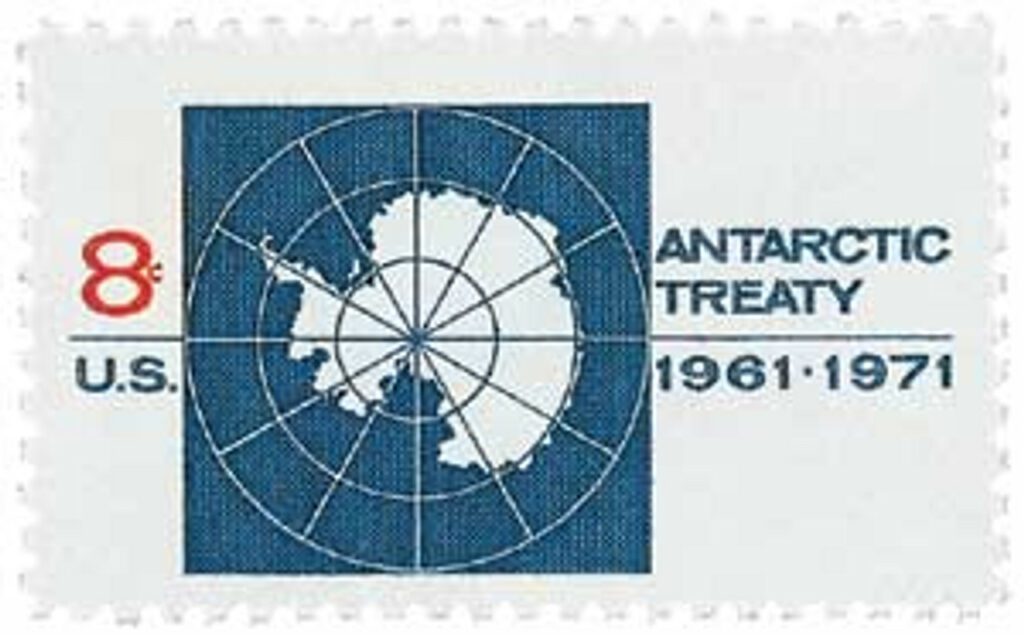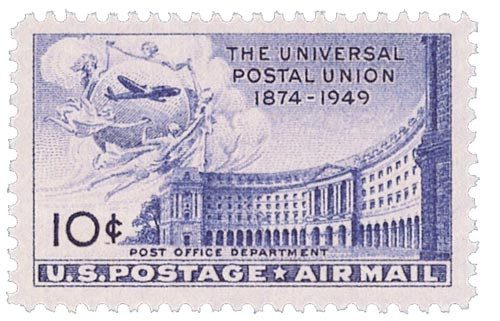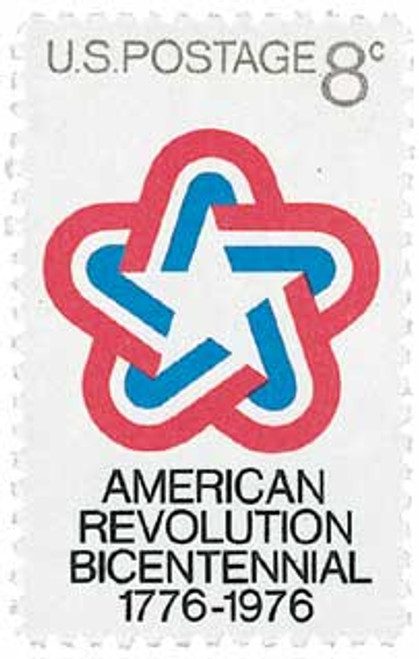On June 23, 1971, the Post Office issued its last commemorative stamp as a cabinet-level department.
America’s postal system was officially established on February 20, 1792. On that day President George Washington signed the Postal Service Act, which created the United States Post Office. The act gave Congress the power to create official mail routes and allowed newspapers to be delivered in the mail, which more easily spread information across the nation. The act also deemed it illegal for postal officials to open people’s mail.
For several years, it was known as simply the Post Office. Then during his tenure in the 1820s, Postmaster General John McLean began calling it the Post Office Department. The name would remain in use for over a century.
In 1829, President Andrew Jackson invited his Postmaster General William T. Barry to join his Cabinet, giving the position an increase in prestige. And in 1872 it was officially elevated to Cabinet level.
A major shakeup came in 1970. American postal workers felt their wages were too low, they didn’t get enough benefits, and their working conditions were unsafe. They were further upset to learn that Congress was raising postal worker wages by just 5.4% (less than the rate of inflation), while Congress’s pay would increase by 41%.
Some of these workers then assembled at a meeting of the National Association of Letter Carriers on March 17, 1970. They voted to strike, with the strike beginning just after midnight. While the strike initially only took place in New York City, it eventually spread across the country and involved more than 210,000 postal workers.
President Nixon then made a televised address ordering them back to work, but it only strengthened their resolve. It also led to more postal workers joining the strike and other government agencies threatening to strike if Nixon took legal action. Soon, America’s postal system ground to a halt and the stock market fell dramatically. Nixon once again addressed the nation asking the workers to come back. When they refused, he declared a state of emergency and activated 24,000 military personnel to take over distribution of the mail, but without training they were largely ineffective.
The strike ended after eight days and resulted in an immediate 6% increase in wages. It also led to the creation of the Postal Reorganization Act, which increased wages a further 8%. Additionally, the Act abolished the US Post Office Department and created the United States Postal Service, which would become a corporation-like independent agency of the federal government. Plus it guaranteed the right for postal workers to unionize. Nixon signed the act into law on August 12, 1970, and it would go into effect on July 1, 1971. (You can read the act here.)
The last commemorative stamp to be issued under the former Post Office Department was US #1431, honoring the 10-year anniversary of the Antarctic Treaty. The first stamp issued under the USPS was #1432 on July 4, 1971, the first stamp of the US Bicentennial series.
| FREE printable This Day in History album pages Download a PDF of today’s article. Get a binder or other supplies to create your This Day in History album. |
Discover what else happened on This Day in History.








Just love our Government in action.
What a benefit program for USPS employees.
Biggest mistake ever made. Should have stayed a Government entity or when they
became a Quasi-Government organization they should have fired the bunch whole
of them and started over.
The letter carriers and other PO employees were NOT over paid. They were paid
exactly what they were worth. They were Government employees and as such do not have
the right to strike (ask the 1982 Air Traffic Controllers). They should have ALL been fired.
Things might have been a little off for a while but in the long run we would have
a better service.
I have a hardcover book about “Neither Snow nor Rain A History of the United State Postal Service”.
Postal Reorganization Act April 16,1970, the Bill provided for negotiation of a new wage schedule permitting employees to reach the top of their pay grade in eight years.
I wonder why USPS is going Broke?
.